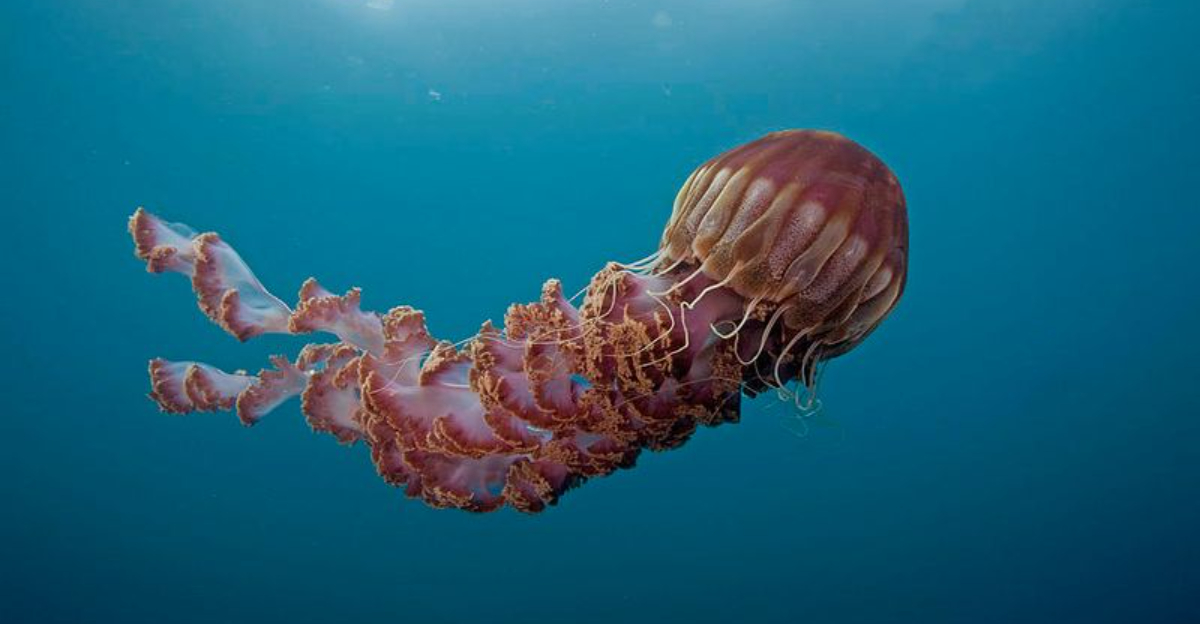I consider myself lucky to have had the incredible opportunity to join a marine research team exploring the dark depths off California’s coast. What we discovered completely reshaped my view of ocean life.
The deep sea is truly Earth’s final frontier, with over 80% of our oceans still unmapped and unexplored.
In these mysterious waters, we encountered creatures unlike anything I’d ever imagined—remarkably adapted to survive extreme pressure, bone-chilling temperatures, and total darkness.
1. The Nightmare Angler: Pacific Footballfish
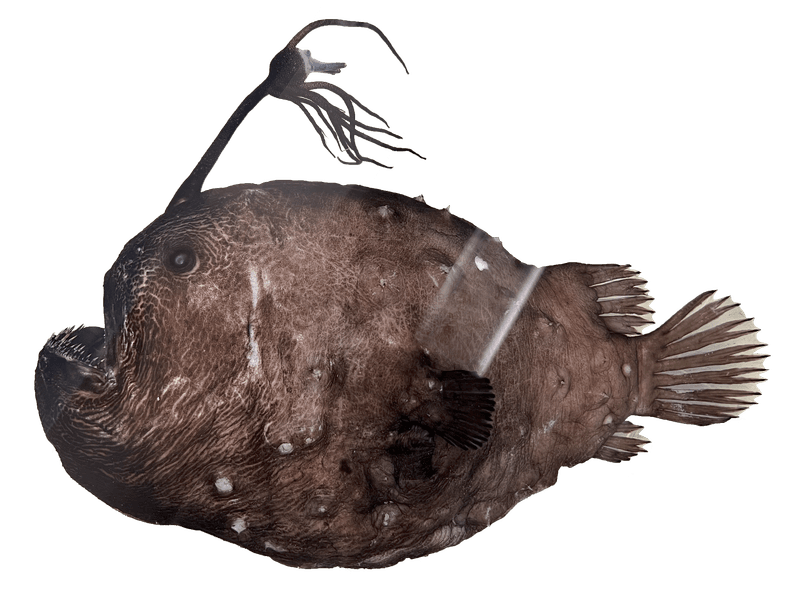
I almost spilled my coffee when the ROV camera revealed this creepy creature! With its pitch-black body and mouth full of needle-sharp teeth, the Pacific Footballfish looks like something from your worst dreams.
Females grow up to 24 inches long while males remain tiny in comparison. The most fascinating feature? That fishing rod-like growth on its head produces bioluminescent light, luring unsuspecting prey close enough to be snatched by those terrifying jaws.
We spotted this creature at 3,000 feet deep, where sunlight never reaches. Despite their frightening appearance, these anglerfish are actually quite rare—fewer than 70 specimens have ever been collected!
2. Ghost of the Abyss: Bathydevius caudactylus
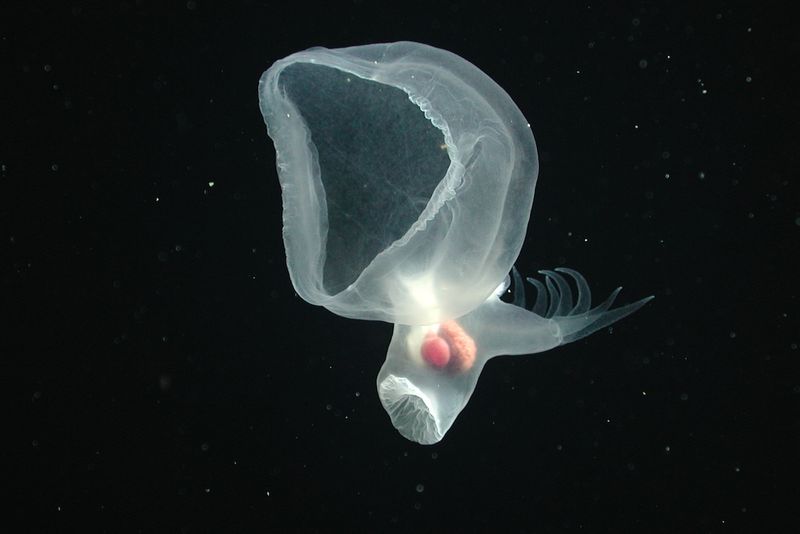
“What on earth is THAT?” I blurted out when our submersible lights illuminated this bizarre creature. The Bathydevius caudactylus, nicknamed the Mystery Mollusk, resembles a transparent slug with finger-like appendages waving from its tail end.
Scientists only discovered this gelatinous oddity in 2018, making it one of the newest additions to California’s deep-sea catalog. Its body pulses with subtle iridescence, shifting between pale blue and violet hues as it glides through the water.
The most perplexing thing? We still don’t fully understand what those tail appendages do! Some researchers believe they might be sensory organs or perhaps used in reproduction.
3. The Floating Phantom: Giant Phantom Jellyfish

My jaw literally dropped when this massive apparition drifted into view! The Giant Phantom Jellyfish, with its bell and ribbon-like oral arms trailing up to 30 feet, seems like a creature from another dimension.
Funny enough, despite its enormous size, scientists have only spotted this creature about 100 times in the last century. Talk about playing hard to get! Their bell can reach over 3 feet across, and those ghostly arms hunt tiny crustaceans and fish.
During our expedition, we watched in awe as one gracefully pulsed through the darkness at 2,500 feet down. Their elegant movement almost hypnotized our entire crew into silence—a rare feat among chatty marine biologists!
4. The Crimson Giant: Black Sea Nettle
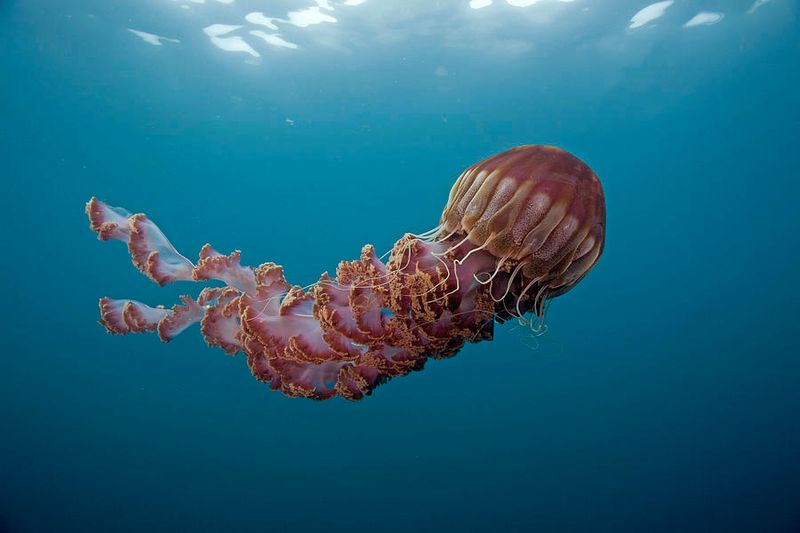
“Holy mackerel!” The words escaped my mouth before I could stop them. The Black Sea Nettle isn’t actually black—it’s a stunning crimson red that seems to glow against the deep blue water. Despite their name, these massive jellies aren’t typically found in the Black Sea either!
These beauties can grow tentacles up to 25 feet long and bells nearly 3 feet wide. Watching them pulse through the water feels like witnessing an underwater ballet.
While technically not exclusive to extreme depths, these jellies occasionally venture into deeper waters. We encountered a massive swarm during an upwelling event, when deep currents pushed them closer to the surface. Their stings pack a wallop, as my assistant unfortunately discovered!
5. The Underwater Firework: Crossota millsae
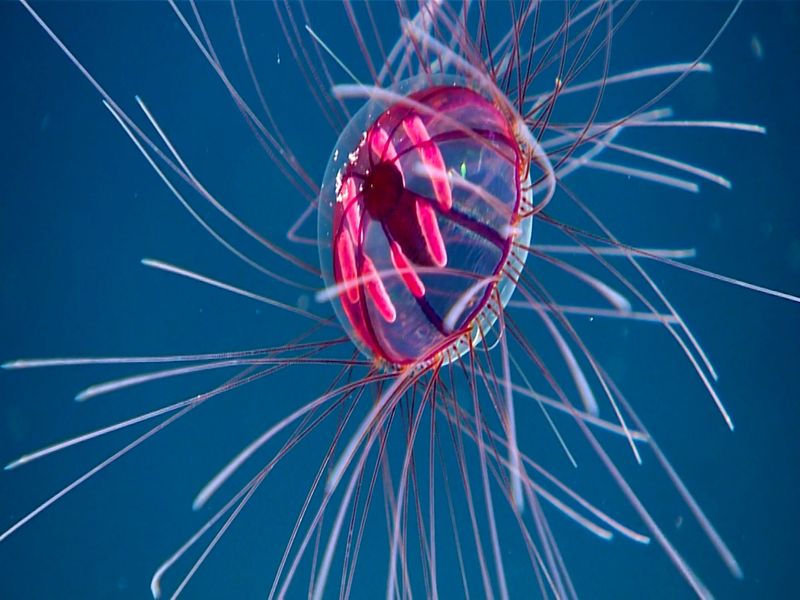
My first sighting of Crossota millsae had me squealing with delight! This jellyfish looks like a Fourth of July sparkler frozen in time. Its translucent bell houses vibrant pink and purple internal organs that radiate outward like a starburst.
Scientists nicknamed it the Psychedelic Jellyfish for obvious reasons. The creature’s tentacles stretch into a circle, creating the illusion of a glowing chandelier floating through the void.
During our deep dive off Monterey Bay, we watched one perform a mesmerizing pulsing dance at 3,700 feet below the surface. These jellies are relatively small (about 3 inches across), but what they lack in size, they more than make up for in spectacular appearance!
6. The Predatory Harp: Lyre Sponge

“No way that’s a sponge!” I exclaimed when we first saw the Lyre Sponge. Unlike the passive kitchen sponges we’re familiar with, this carnivorous oddity actively hunts for food!
Shaped like an ancient Greek harp (hence the name), Chondrocladia lyra has multiple vertical branches lined with tiny hooks that snare small crustaceans swimming by. Once caught, the prey is slowly digested over several days. Nature’s ingenuity never ceases to amaze me!
We found this particular specimen clinging to a rocky outcrop at 10,000 feet deep. The most mind-blowing fact? These meat-eating sponges can live for hundreds of years in the cold, nutrient-poor abyss, patiently waiting for meals to drift into their deadly embrace.
7. The Living Taser: Pacific Electric Ray
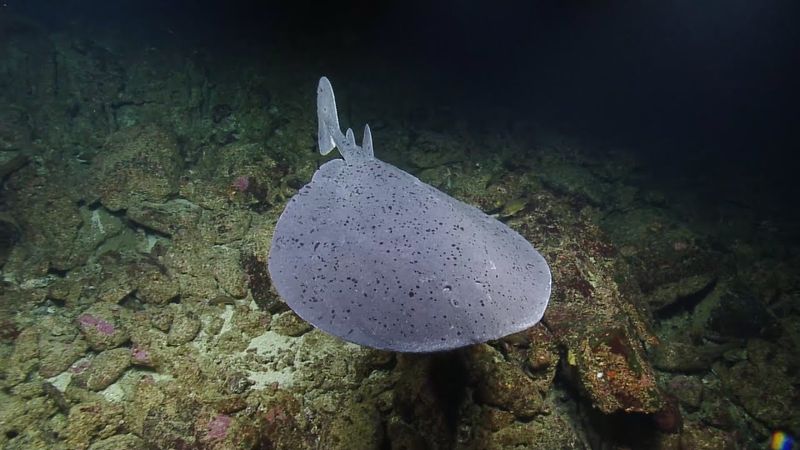
I learned about the Pacific Electric Ray’s shocking abilities the hard way! While filming at 1,200 feet deep, our ROV accidentally brushed against one hidden in the sediment. The resulting electrical discharge temporarily scrambled our equipment!
These pancake-shaped creatures can deliver jolts up to 50 volts—enough to stun prey or discourage overly curious divers like myself. Their round bodies can reach 4 feet across, with distinctive eyespots that seem to stare right through you.
Unlike many deep-sea dwellers, these rays sometimes venture into shallower waters. The specimen we encountered was using its electricity not for hunting, but for sensing buried prey through a process called electroreception—essentially “seeing” with electrical fields!
8. The Sea Serpent: Deep-Sea Oarfish
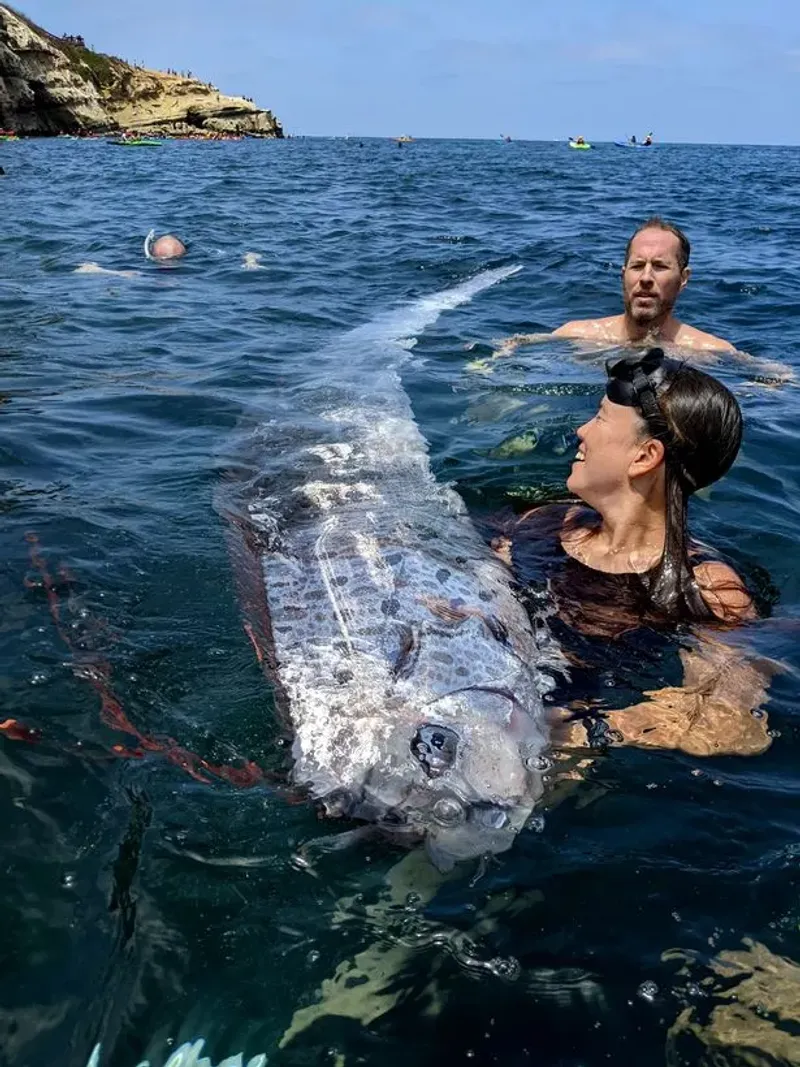
My heart nearly stopped when our cameras captured the silvery, ribbon-like form of an Oarfish undulating through the depths. These legendary creatures—which can grow over 30 feet long—are likely responsible for many sea serpent myths throughout history!
With their crimson dorsal fins running the entire length of their bodies and their bizarre, horse-like faces, it’s easy to see why sailors once mistook them for monsters. We were incredibly lucky to spot one; they typically live between 600-3,000 feet deep.
The creature we came across measured “only” about 12 feet long, yet it was still utterly magnificent. In ancient Japanese folklore, sightings of oarfish are believed to be omens of earthquakes. Coincidentally, a minor tremor shook the California coast just three days after our encounter!
